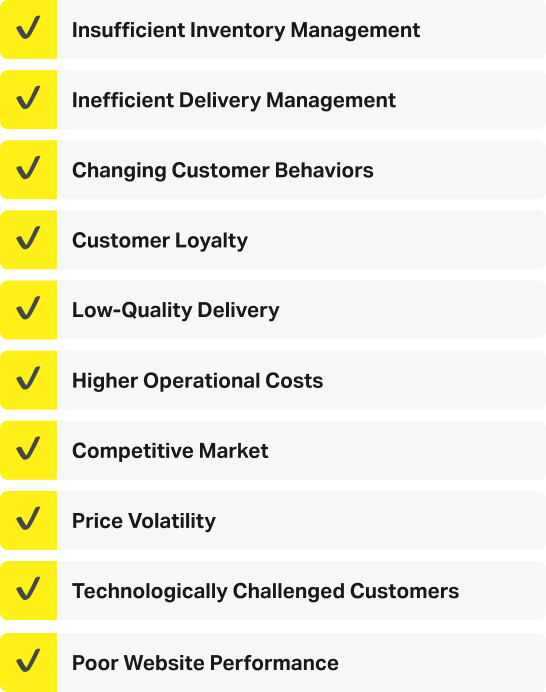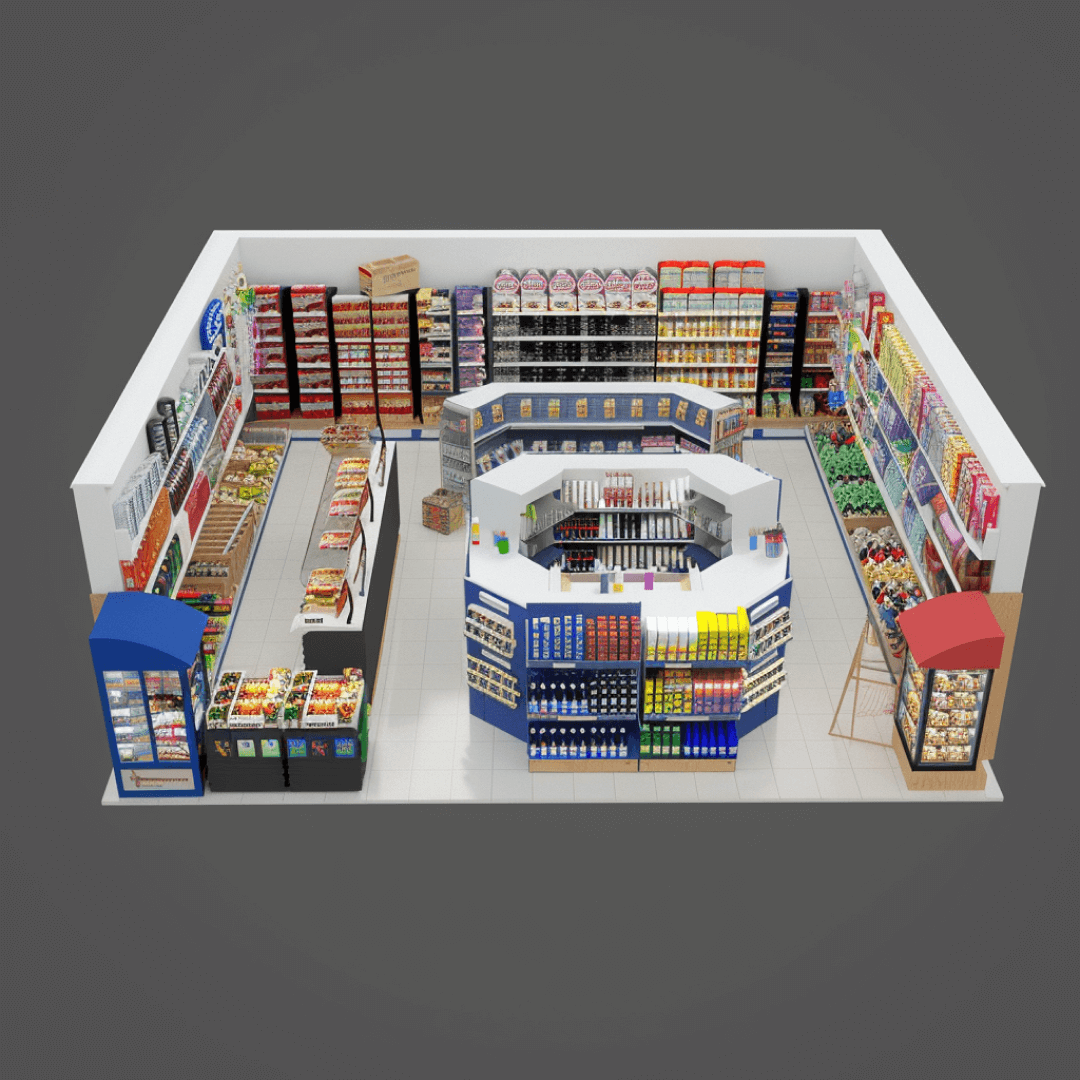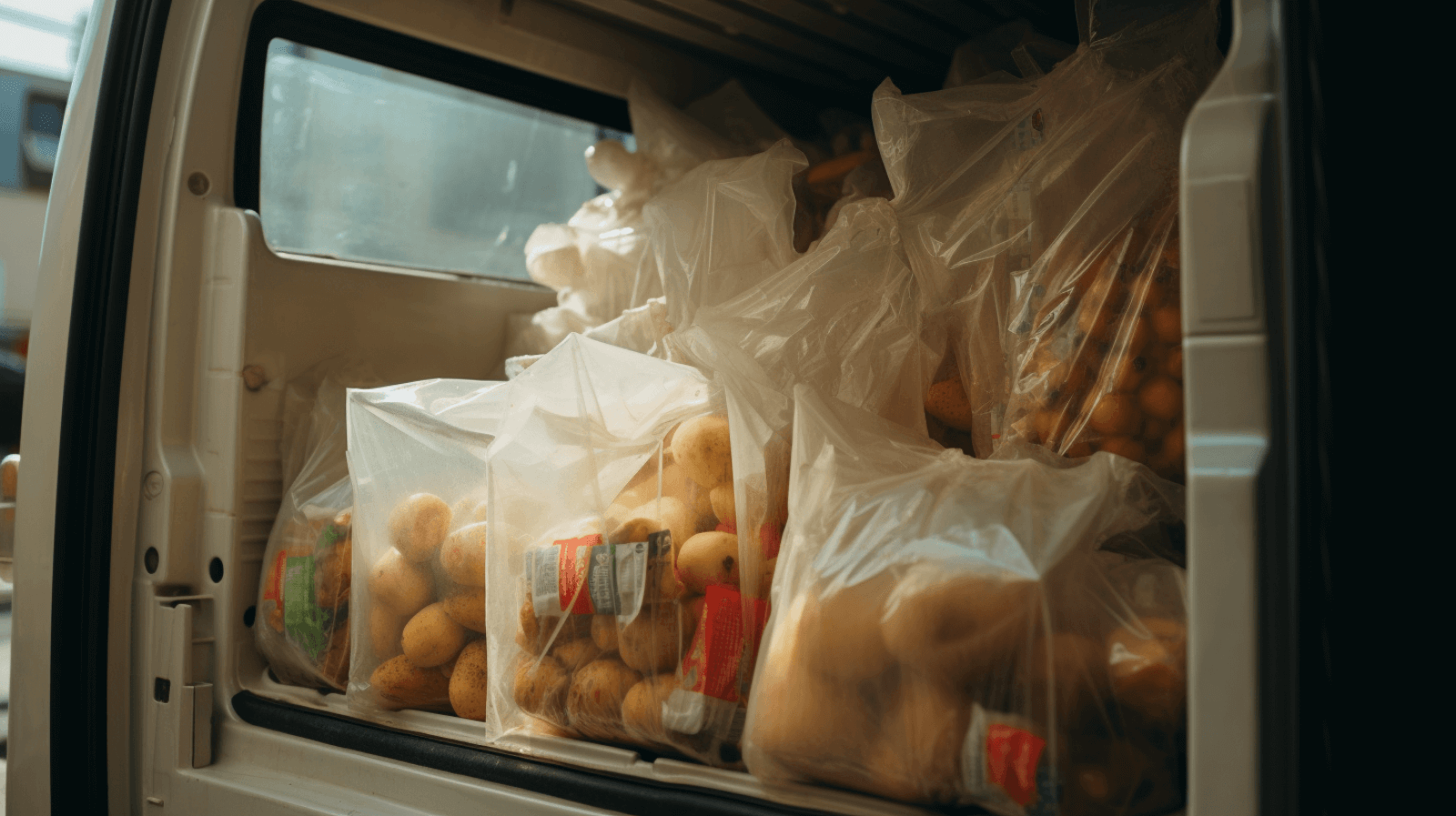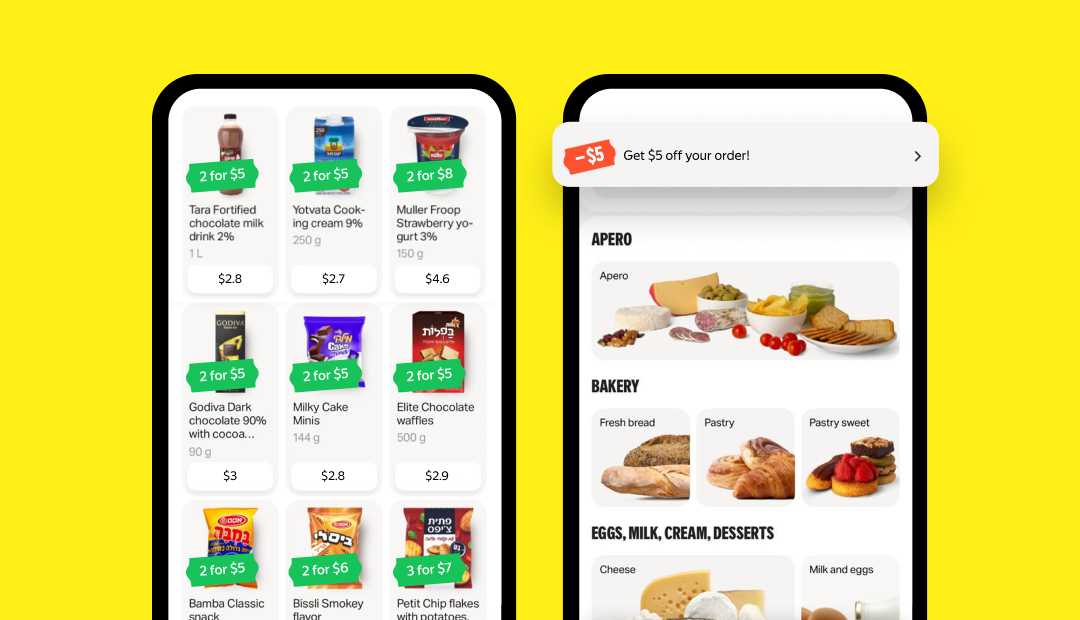Yango Tech and Surtifamiliar Partner for Next-Generation AI-Powered Grocery E-commerce in Colombia


With convenience and great offers, online grocery shopping is fast catching up with global consumers. According to Future Market Insights, the online grocery market is expected to grow at a CAGR of 24.60% during the forecast period 2023 to 2033. Customers are finding it safer and easier to browse through e-commerce grocery offerings and place their orders for home delivery, completely contactless.
The future of e-commerce grocery largely depends on how well players handle surge demands without compromising on quality, price, and delivery promises. This article explores the key challenges faced by online grocery businesses and the solutions that can help them navigate these challenges effectively.
The success of online grocery delivery depends on gauging resource availability and choosing an appropriate business model. The major models include:
Online Grocery Store Business:
In this model, entrepreneurs launch their online grocery stores via a web portal or app. Groceries are delivered to customers from either a warehouse or an offline store where items are stocked.
Online Grocery Marketplace Business:
In this model, an online grocery marketplace is established by collaborating with local grocery producers or retailers who use the platform to sell their products.
To explore further grocery business models through delivery, watch our free webinar: Beyond The Traps: Building Winning E-grocery Models
Despite the rapid growth of online grocery delivery, several challenges need addressing to ensure long-term sustainability and success. Many of these can be efficiently addressed with the help of technology.

The lifeline of any grocery business is getting products to customers on time. Efficient inventory management is crucial to meet demand and generate sales. However, many startups and well-established online grocery businesses struggle with inventory management, often leading to spoilage and lost inventory.
Solution:
Implementing an advanced inventory management system can significantly mitigate these issues. Just-in-time supply systems integrated with state-of-the-art inventory management APIs can help minimize inventory costs and prevent wastage.
Inefficient delivery management is a common challenge that can lead to order delays, customer dissatisfaction, and higher costs. Visibility in last-mile delivery is critical but often depends on delivery executives.
Solution:
Automation of delivery processes through grocery delivery software can improve order fulfillment efficiency. It helps determine the shortest delivery routes and provides real-time fleet visibility, enhancing customer satisfaction with order tracking.
Consumer behavior is constantly evolving, with preferences shifting towards healthier products and convenience. Grocery retailers must keep pace with these changes to remain competitive.
Solution:
A robust marketing strategy supported by a comprehensive grocery ordering and delivery system is essential. Features like newsletter management, discount coupon generation, and mobile apps can greatly improve customer engagement and satisfaction.

Building and retaining customer loyalty in the highly competitive online grocery market is challenging. Customers have many options, and a small error can lead to dissatisfaction.
Solution:
Implementing a robust loyalty program and providing exceptional customer service are key strategies. Regular communication, personalized offers, and a seamless shopping experience can help retain customers.
Delivering fresh products within the promised timeline requires an efficient delivery system. Poor delivery quality can lead to customer dissatisfaction and loss of business.
Solution:
Proper training and motivation for delivery executives are essential. Recognizing and rewarding good performance can boost morale and improve delivery quality.

Operational costs can be high for online grocery businesses, especially in the initial stages. Managing these costs effectively is crucial for profitability.
Solution:
Smart management strategies and an online grocery delivery system that automates business processes can help control operational costs. Efficient use of technology can streamline operations and reduce expenses.
The online grocery market is highly competitive, with numerous players vying for customer attention. Startups face significant challenges in competing with well-established brands.
Solution:
Using grocery software to meet high customer expectations and provide accurate information about products can help businesses stay competitive. Offering unique selling points and exceptional service can attract and retain customers.
Fluctuating prices can impact both traditional and online grocery stores, affecting bottom-line profits.
Solution:
Real-time pricing information and effective management strategies can help mitigate the impact of price volatility. Advanced technology can provide insights and enable timely adjustments.
Not all customers are tech-savvy, which can hinder their adoption of online grocery shopping.
Solution:
Marketing and advertising campaigns that highlight the ease and benefits of online shopping can help persuade traditional shoppers to switch to e-commerce platforms.
A slow-loading website can drive customers away, whereas a mobile app with poor product updates and poor UI could completely destroy sales. Speed and performance are critical for an online grocery business.
Solution:
Page speed optimization techniques and professional assistance can improve website performance, while investing in expertly developed software with white labeling can completely transform your customer's experience (check our White-Label App for example). Ensuring a smooth and fast user experience is crucial for customer retention.

The global online grocery industry presents immense opportunities, but businesses must overcome significant challenges to thrive. By adopting advanced technologies, implementing efficient business strategies, and focusing on customer-centric approaches, online grocery businesses can navigate these challenges successfully.
Investing in robust grocery delivery platforms and continuously innovating will be crucial to seizing a competitive edge in this rapidly evolving market landscape. As more consumers shift to online shopping, businesses that can offer seamless, efficient, and high-quality services will stand out and capture a significant share of the market.